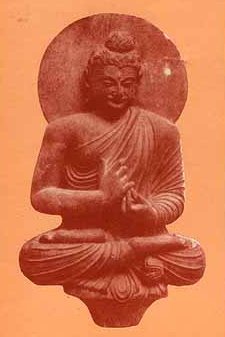Mucchancikata, Mucchañcikatā: 1 definition
Introduction:
Mucchancikata means something in Buddhism, Pali. If you want to know the exact meaning, history, etymology or English translation of this term then check out the descriptions on this page. Add your comment or reference to a book if you want to contribute to this summary article.
Languages of India and abroad
Pali-English dictionary
Source: Sutta: The Pali Text Society's Pali-English DictionaryMucchañcikatā, (°añji°) is probably the correct reading for puñcikatā.—We find puñcikatā at Dhs. 1136, 1230; Vbh. 351, 361 (v. l. pucchañji°); DhsA. 365; mucchañci° at Nd1 8 & Nd2 p. 152; pucchañji° at VbhA. 477. The meaning is “agitation, ” as seen from explanation of term at DhsA. 365 (“wagging of a dog’s tail, ” pucchaṃ cāleti), and VbhA. 477 (“lābhan’âlābhanaka-ṭhāne vedhanā kampanā nīcavuttatā”).—The etym. explanation is difficult; we may take it as a (misunderstood) corruption of *mucch-aṅgi-kata i.e. mucchā+aṅga+kṛ “being made stiff-of-limbs, ” or “swoon. ” Psychologically we may take “swoon” as the climax of agitation, almost like “hysterics. ” A similar case of a similar term of swooning being interpreted by Bdhgh as “wavering” (cal) is chambhitatta “paralysis, ” explained as “sakalasarīra calanaṃ” at DA. I, 50.—The expression mucchañcikatā reminds us of the term kaṭukañcukatā. (Page 535)

Pali is the language of the Tipiṭaka, which is the sacred canon of Theravāda Buddhism and contains much of the Buddha’s speech. Closeley related to Sanskrit, both languages are used interchangeably between religions.
See also (Relevant definitions)
Full-text: Puncikata.
Relevant text
No search results for Mucchancikata, Mucchañcikatā; (plurals include: Mucchancikatas, Mucchañcikatās) in any book or story.